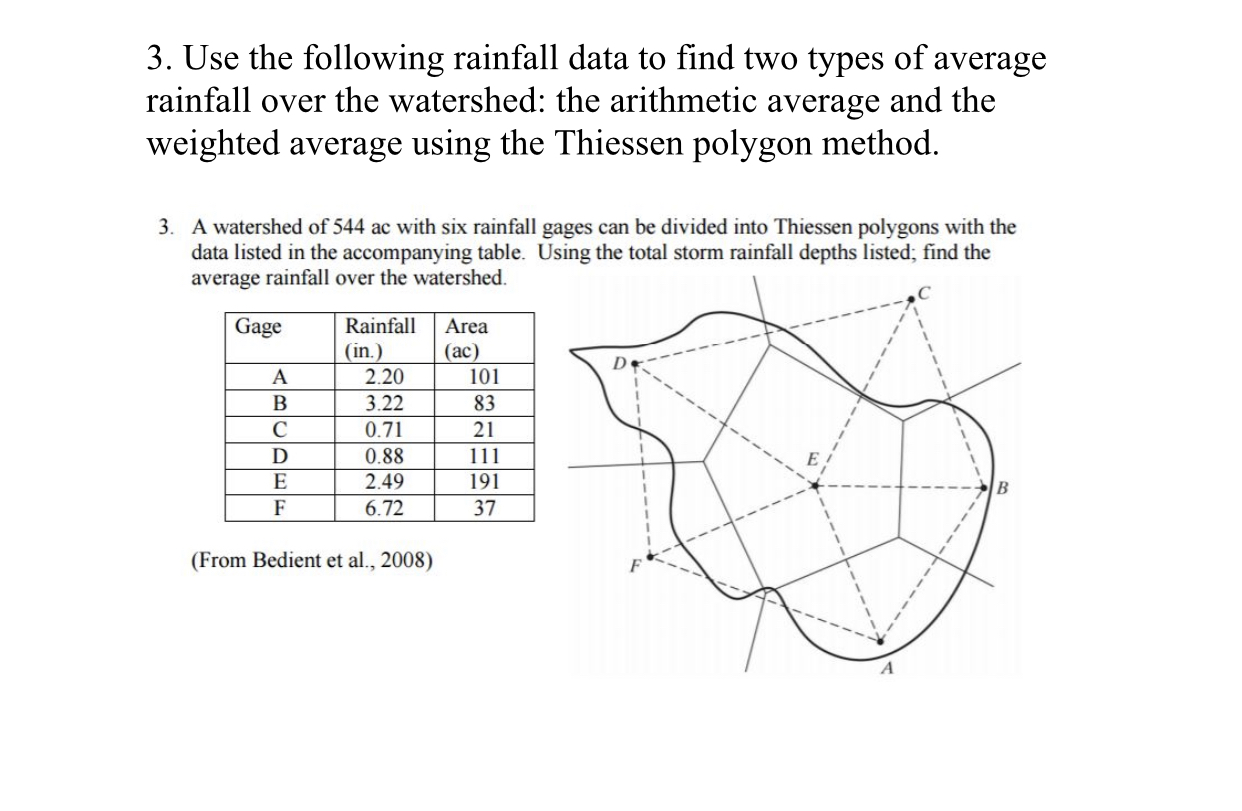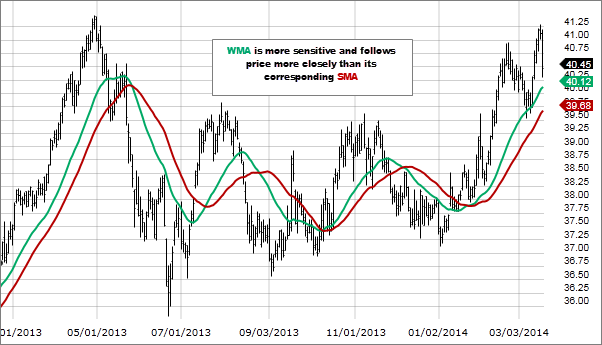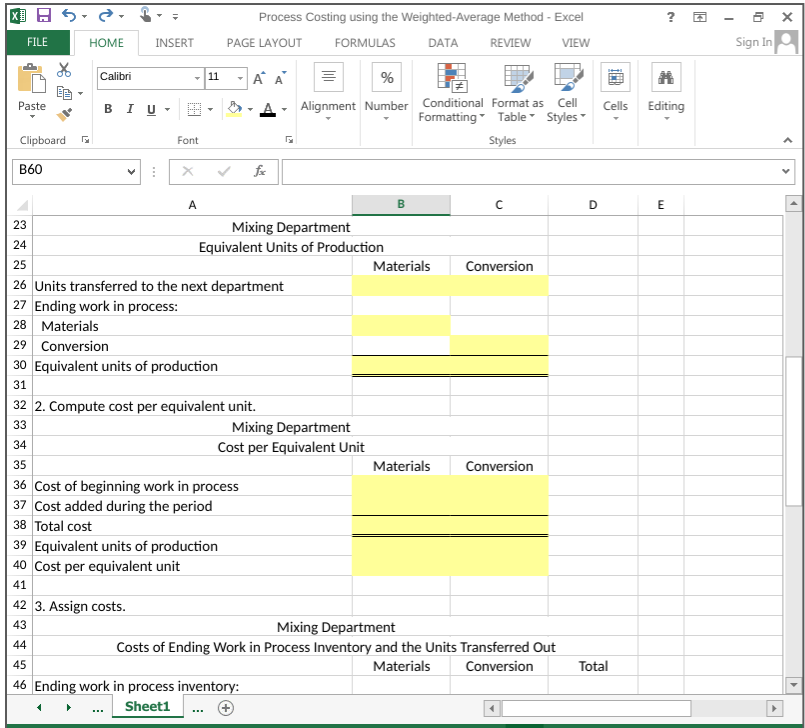
- #Weighted average method map code#
- #Weighted average method map series#
- #Weighted average method map download#
The first value in this column is the average of the first five observations (1989–1993) the second value in the 5-MA column is the average of the values for 1990–1994 and so on. In the last column of this table, a moving average of order 5 is shown, providing an estimate of the trend-cycle.

Table 6.1: Annual electricity sales to residential customers in South Australia.
#Weighted average method map series#
12.7 Very long and very short time series.12.5 Prediction intervals for aggregates.12.3 Ensuring forecasts stay within limits.10.7 The optimal reconciliation approach.10 Forecasting hierarchical or grouped time series.9.4 Stochastic and deterministic trends.7.5 Innovations state space models for exponential smoothing.7.4 A taxonomy of exponential smoothing methods.6.7 Measuring strength of trend and seasonality.5.9 Correlation, causation and forecasting.1.7 The statistical forecasting perspective.1.6 The basic steps in a forecasting task.See the report Analysis of Trends in Gravimetric Particulate Mass Measurements in the United Kingdom (2.6MB PDF).įor any queries about these maps, please contact Andrew Kent at Directory of maps The monitoring data was subsequently reviewed and corrected and these changes were then incorporated into the modelling process to provide the final corrected grids. The models are calibrated using monitoring data from the national networks and in 2006 there were issues with the gravimetric PM analysers (Partisols).From 2004 onwards these were modelled in genuine gravimetric units. PM data prior to 2004 was modelled in TEOM units.Specific units and information about the different metrics is provided in the summary table below. CO concentrations are represented in mg m -3. Most of the model outputs are annual means, represented in µg m -3. These are coastal squares for which the centre of the grid square is not located on the land and therefore the model does not provide a concentration for. There are some grid squares in each data set that do not have values associated with them and are labelled as ‘MISSING’.
#Weighted average method map code#
The ukgridcode field allows several maps to be joined in a single file using that code as the lookup column. The coordinate system is OSGB and the coordinates represent the centre of each 1x1km cell. the y coordinates for the centroid of each grid cell.the x coordinates for the centroid of each grid cell.a unique code (ukgridcode) for each 1x1km cell in the map.The data begins on row 6 of each file and contains 4 columns:
#Weighted average method map download#
Simply choose the output that you are interested in and click on the Download link (CSV) in the table.Įach file will contain some basic summary information about the dataset at the top of the file (the first four rows contain pollutant, year, metric and units).

csv files for each year and each pollutant/metric as shown in the summary table below. The maps are produced over the summer each year and typically the latest updates are checked and approved by the autumn and made available on this website by mid-October. Users should be mindful of these year to year changes when comparing model outputs between years. The most recent methodology report is for 2020 and can be found on the UK-AIR website: Report (PDF).

The models are continually updated and improved and so the methodology often changes each year. Modelled estimates of population-weighted annual average PM 2.5 concentrations suitable for use in estimating the mortality burden associated with long-term exposure to anthropogenic particulate air pollution at Local Authority level are presented in a later section of this page. Please acknowledge Defra as the source for this data if using the maps for your work. These maps should not be mistaken for the Local Authority-specific maps which are alternative maps based on the same model results as presented here but which provide source-sector splits and projections to future years by Local Authority to aid the Local Air Quality Management process. They are also made publicly available for other research applications such as university studies, epidemiology and public health research, nature and conservation studies. These maps are used to provide policy support for Defra and to fulfil the UK's reporting obligations to Europe. Background pollution maps at 1x1 km resolution are modelled each year under Defra's Modelling of Ambient Air Quality (MAAQ) contract.


 0 kommentar(er)
0 kommentar(er)
